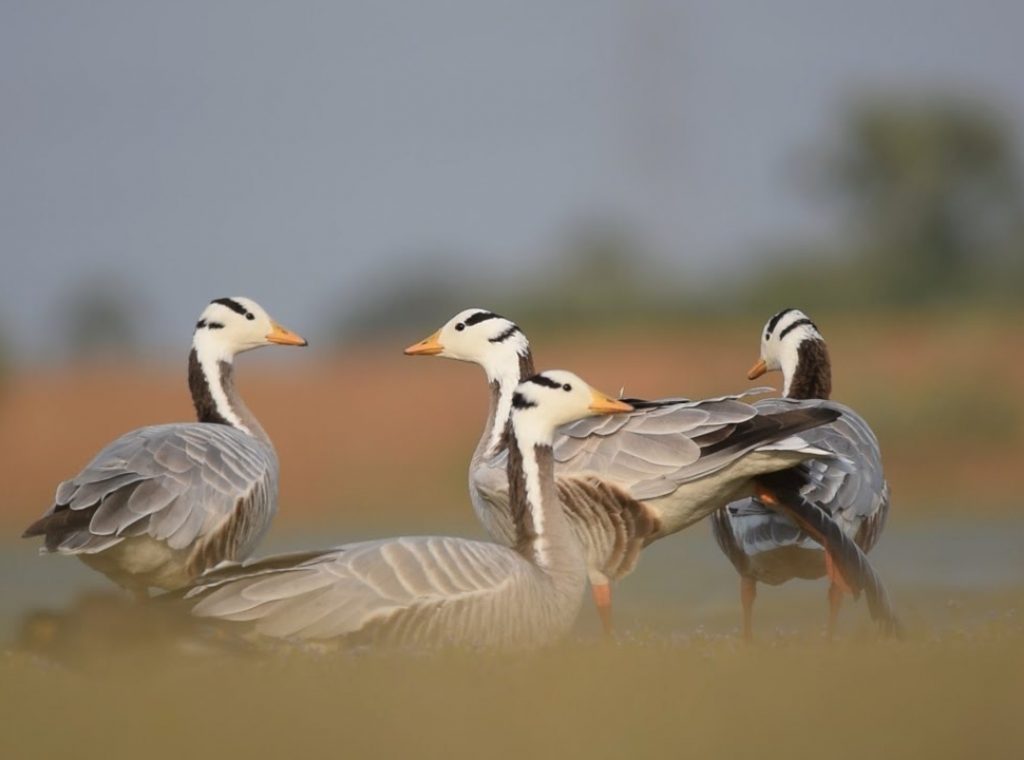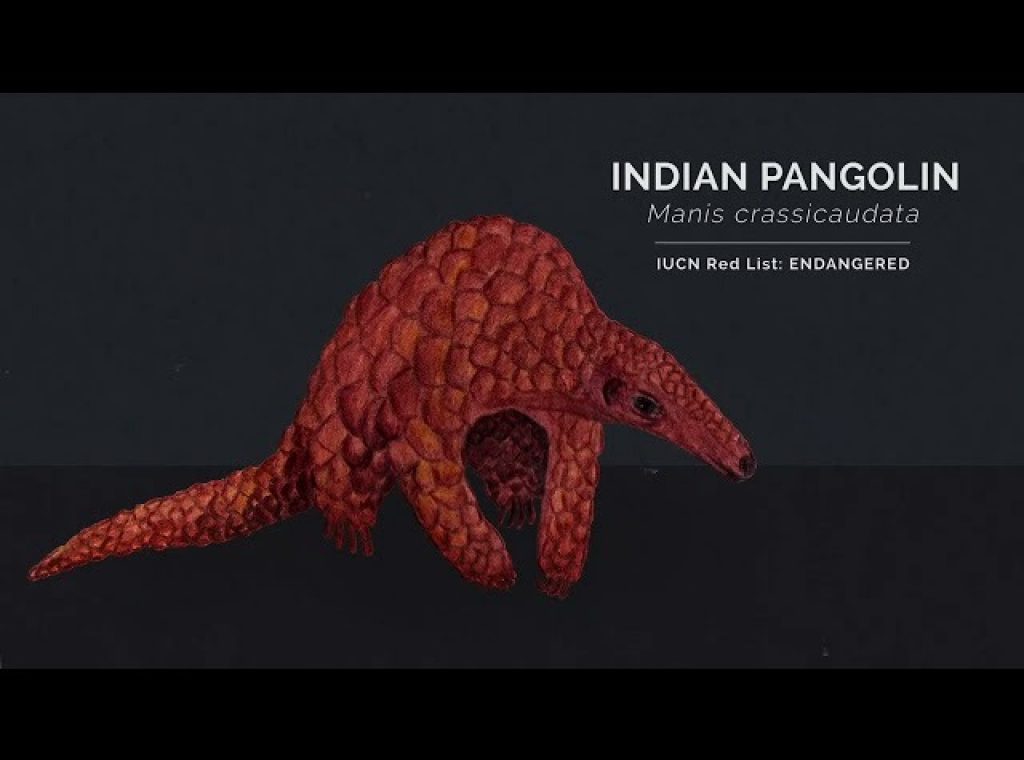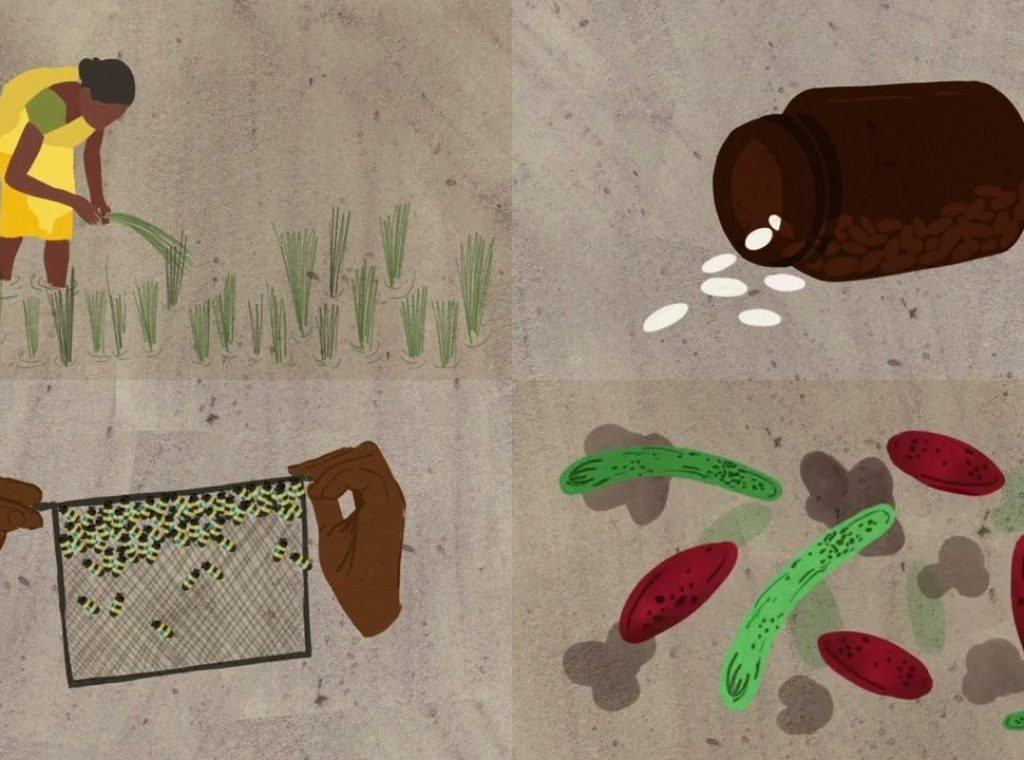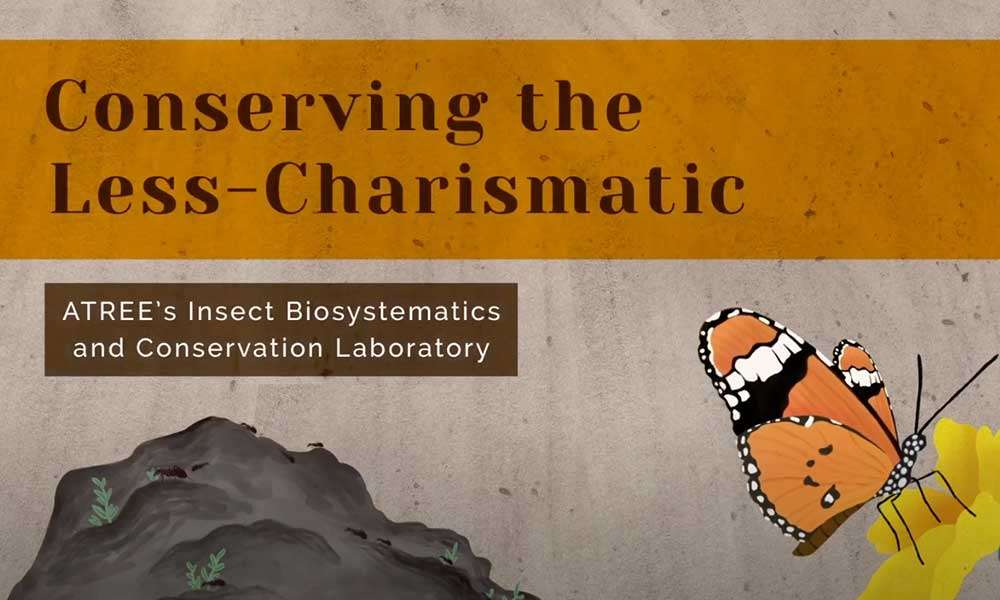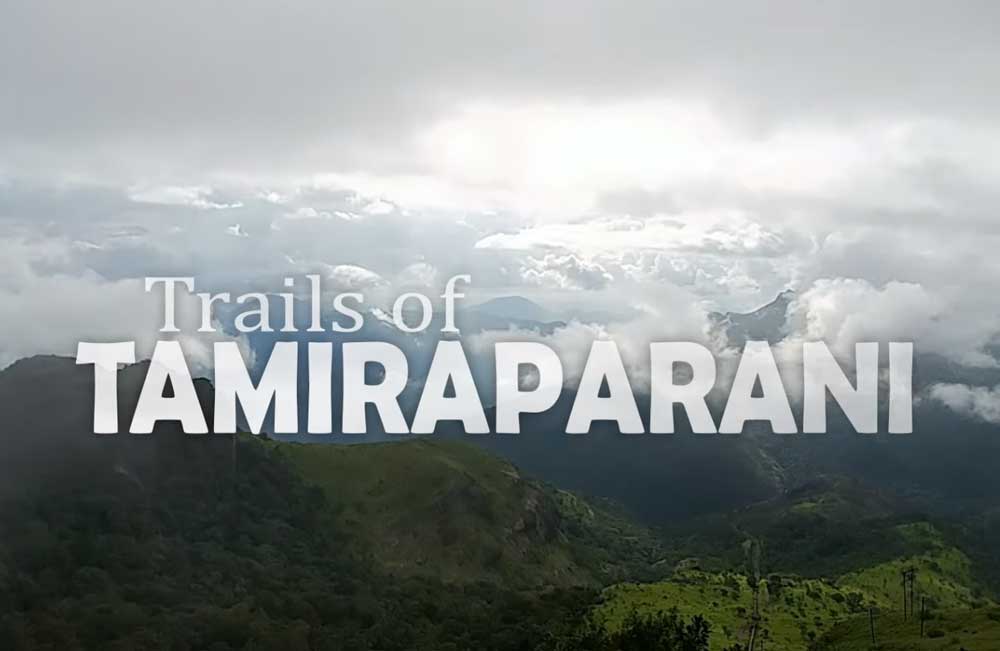India boasts a stunning array of diverse landscapes and habitats that support 8 per cent of the world’s biodiversity. Of the approximately 12 million species of plants and animals on our planet, more than 800,000 are in India. However, species officially discovered and catalogued amount to only 190,000, leaving a majority of them unidentified, particularly in regions such as Western Ghats, the Eastern Himalayas in northeast India, the Eastern Ghats and the Deccan Plateau.
Over the years, ATREE researchers have discovered and rediscovered almost 100 species across a range of taxonomic groups. These discoveries have led to better understanding of biodiversity, habitats and the interactions between ecosystems and communities across the country, strengthening conservation efforts and contributing to informed policy changes.
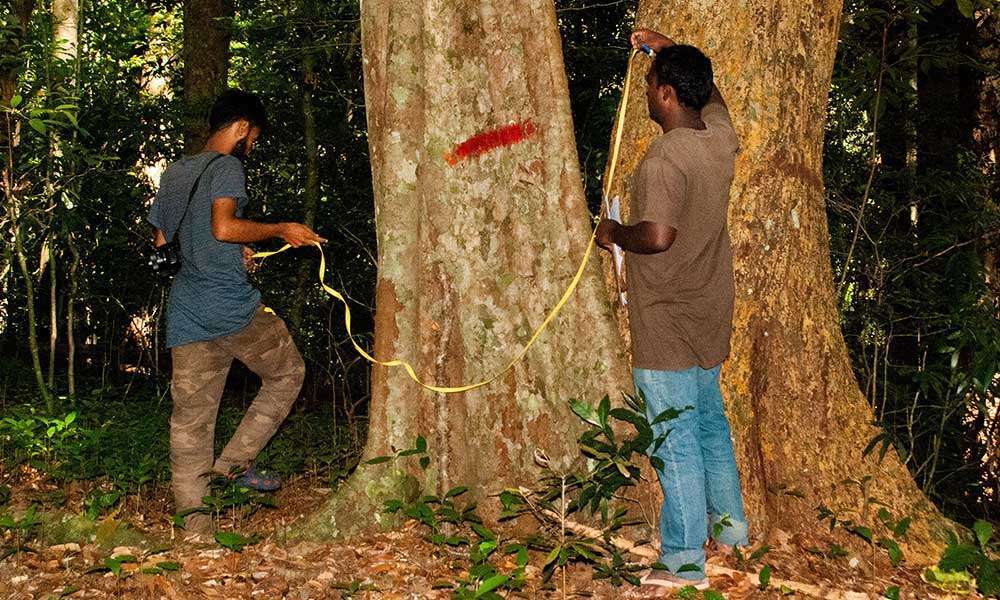
Vegetation and Phenology
To understand the regeneration, growth and reproduction of trees in the Western Ghats, ATREE initiated the long-term monitoring of vegetation and plant phenology in the wet forests of Kalakad-Mudanthurai Tiger Reserve (KMTR) in 1990, and in the BRT Tiger Reserve in 2000. Since then, in KMTR, we have been monitoring over 750 trees belonging to 70 species every month. In addition to trees, we also monitor wetland birds, bats, moths and fishes at various locations.
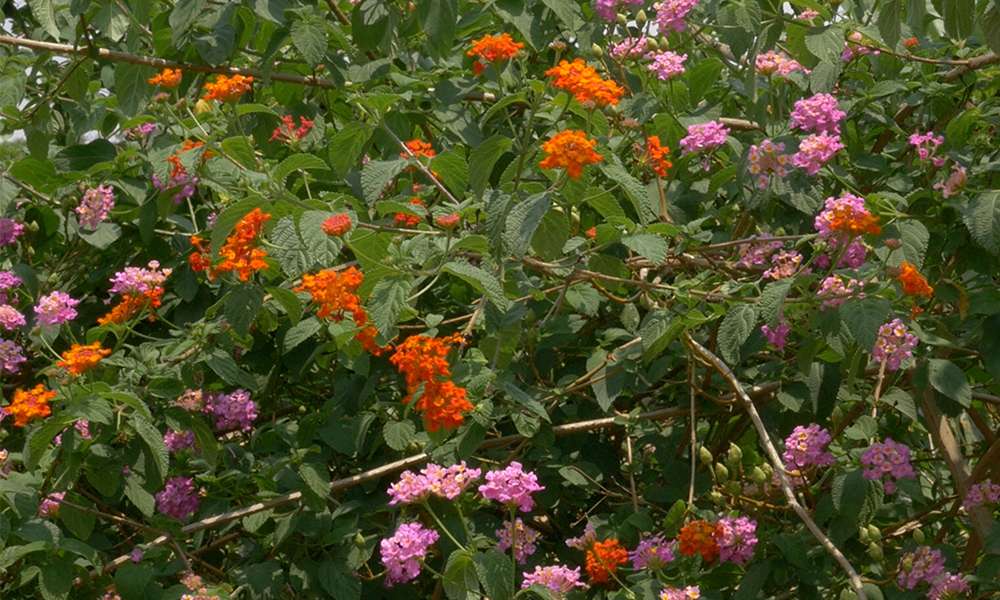
Invasive Plant Species
ATREE has been studying the long-term impacts and ecology of two famously invasive plant species, Lantana camara and Prosopis juliflora, and more recently, the tree species Senna spectabilis.Under the Mapping Invasive Alien Plants project, we have built offline forms that can be accessed on mobile phones, based on Google’s ODK Collect app. The forms collect information on invasive species—their location, spatial pattern, and abundance, to create a pilot invasive species atlas for the Moyar-Bhavani landscape in the Western Ghats.
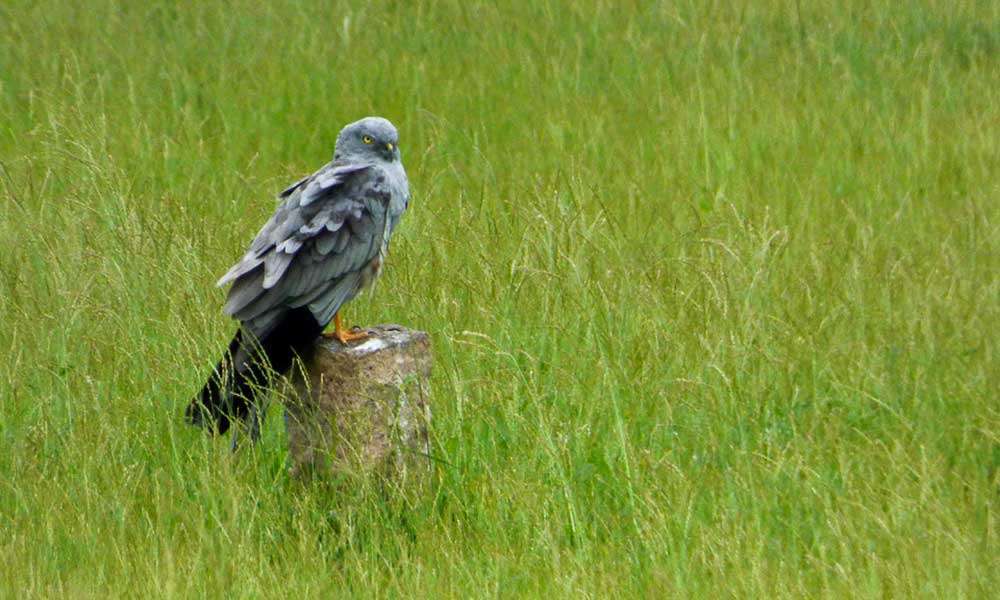
Raptors Migration
Harriers are migratory birds of prey (raptors) that roost in tall grasslands across India and are highly impacted by grassland loss. Our monitoring efforts attempt to identify the roosts, population of harriers and their prey, and track how the birds move across the subcontinent and over Central Asia to reach their breeding grounds.

Habitats
ATREE has been actively involved in collecting landscape data in and around protected areas to inform further studies and conservation efforts. These outputs enable better understanding of the relationships between ecosystems and human activities. Some of these studies have been based in the Tirunelveli region, the Banni grasslands, and the Darjeeling Hills.

Species
Researchers from ATREE have studied the distribution, population dynamics and behaviours of various species, across different landscapes, to generate invaluable inputs for policymakers and conservation managers to create management strategies. Some of the threatened species we have worked on are White Bellied Heron, Red Panda, Pangolin, Hornbills, among others.
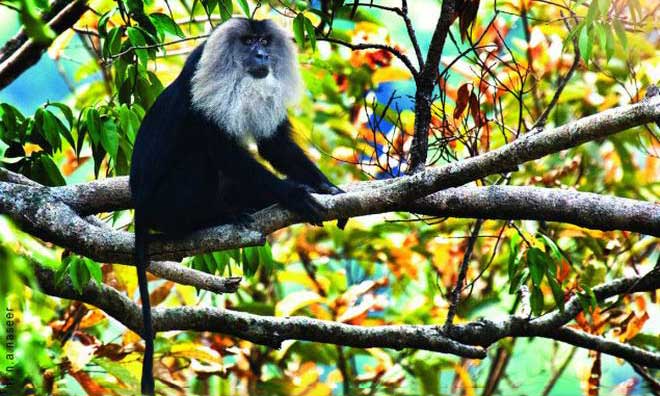
Behaviour
ATREE researchers analyse the spatio-temporal use of different taxa ranging from large mammals to butterflies. This research has led to better understanding of human-wildlife interactions, and the dynamics of habitat use and species adaptations to human modified landscapes. The studies, so far, have been focused on large mammals, carnivores, and primates.
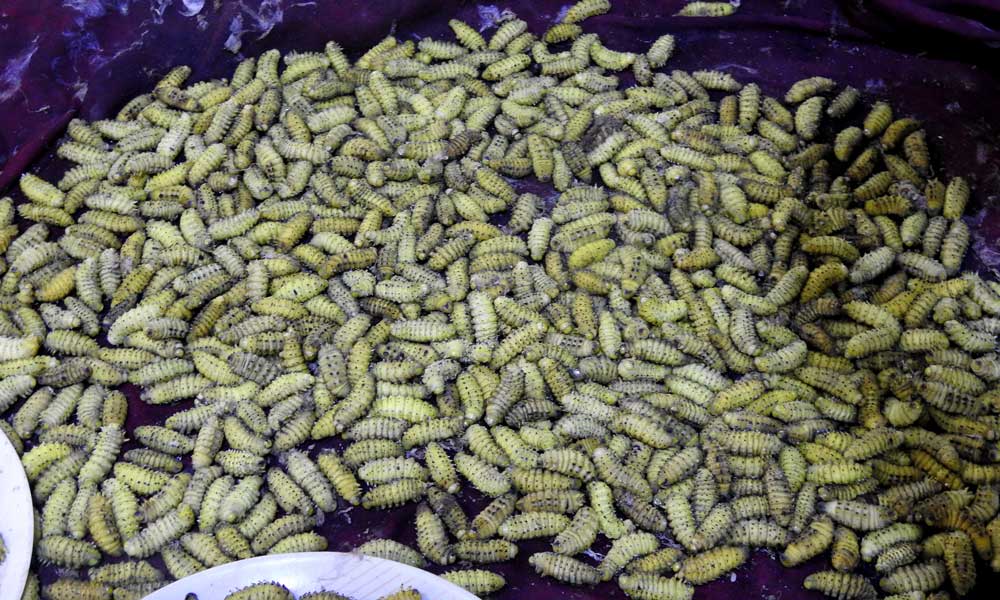
Edible Insects and Molluscs
ATREE researchers have been exploring ways to tap the potential of insects as important bioresources that could help meet the nutritional requirement of communities in northeastern India. Our study on edible snail species reveals that people in the region consume 12 of the species.
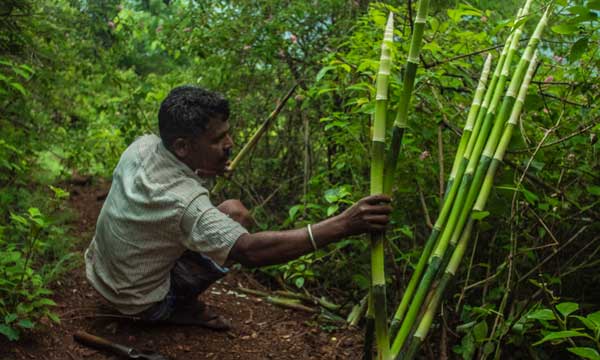
Non Timber Forest Products
ATREE has been focusing on strategies promoting co-management and sustainable harvest of forest resources and development, thus helping to conserve the Non-Timber Forest Product (NTFP) species with the participation of local communities. Long-term monitoring, the conservation of species at the genetic level and sustainable use are some key objectives.
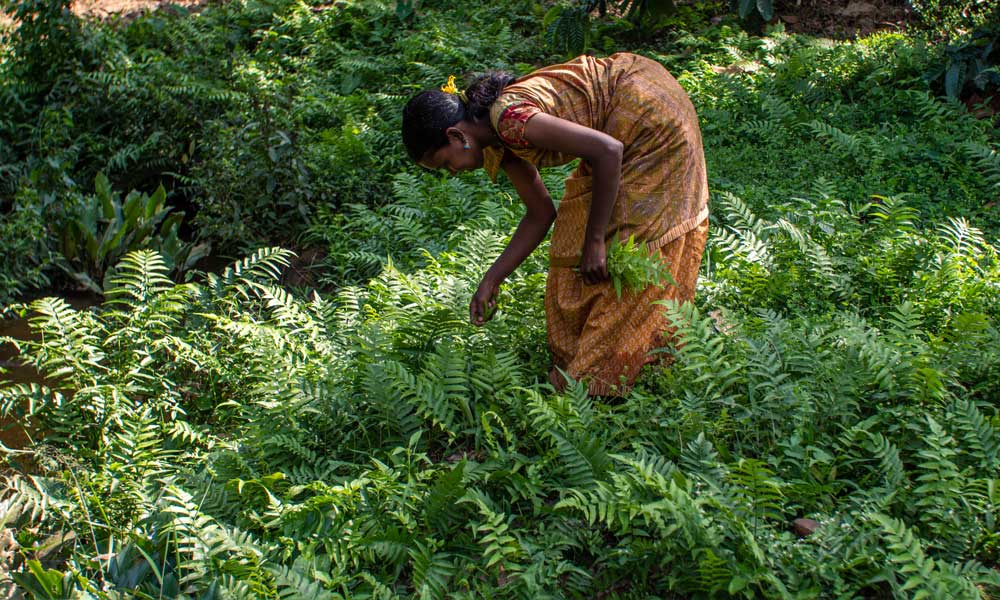
Medicinal Plants
Conservation of highly traded and threatened medicinal plants in the central Western Ghats by identifying high-yielding lines of prioritised species, developing a bank of high-yielding clones and mass propagating the validated clones and progenies. The effort is to standardise methods for intensive cultivation and sustainable ways of extraction.
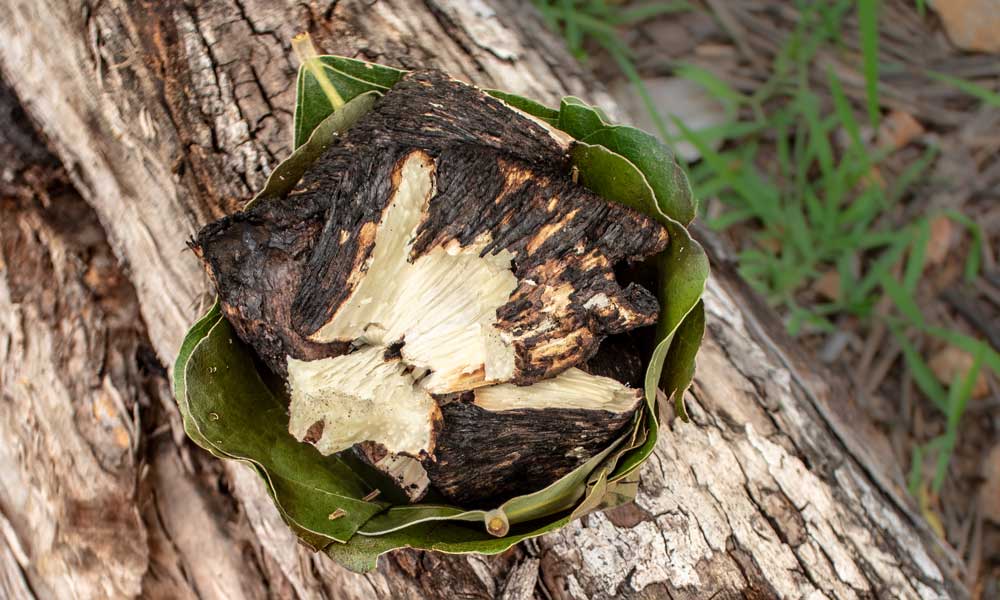
Wild Food Plants
ATREE has been chronicling the use of wild edible plant species in the MM Hills region since 2009. The motivation for this study came through interactions with the community, which time and again returned to the subject of disappearing species of use. An inventory of wild plants traditionally used by these communities lists 92 wild plant species belonging to 68 genera spread across 38 families.
